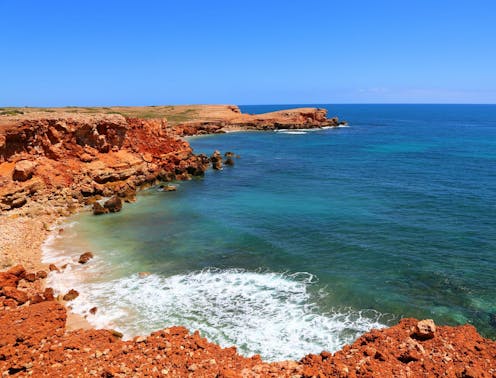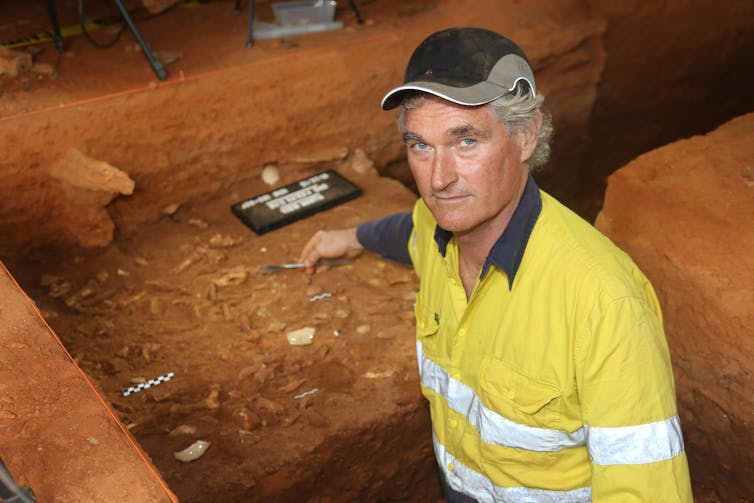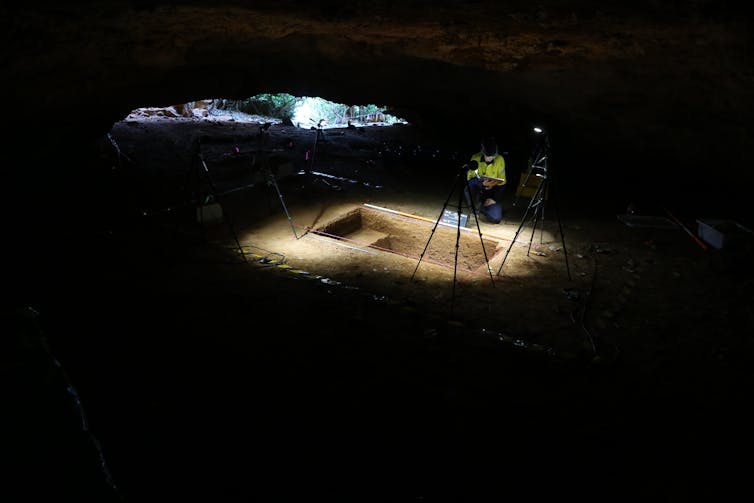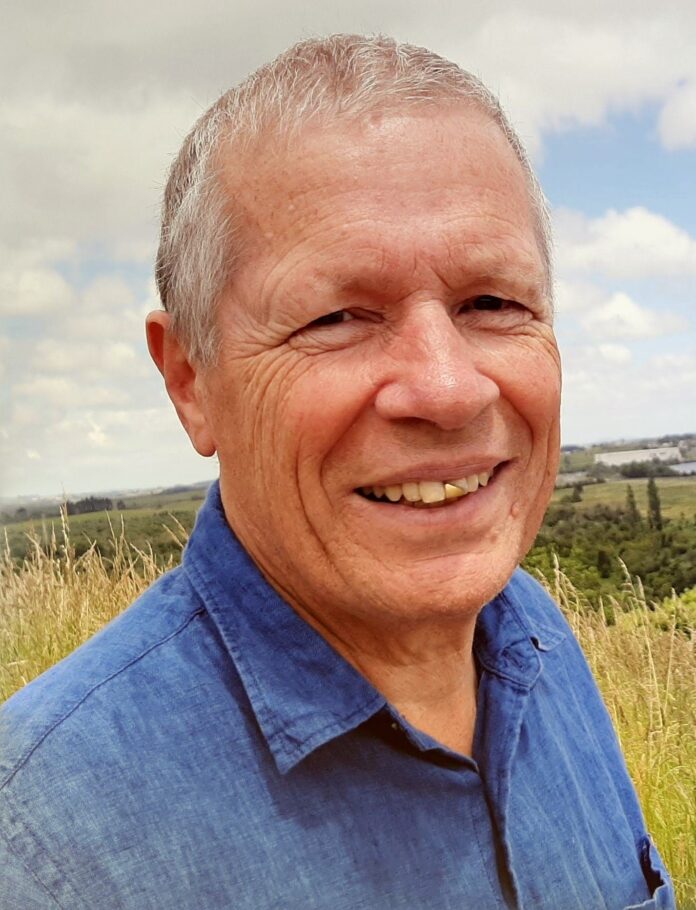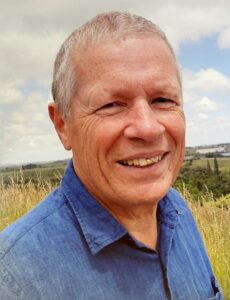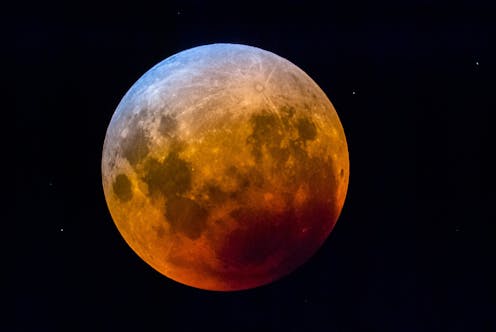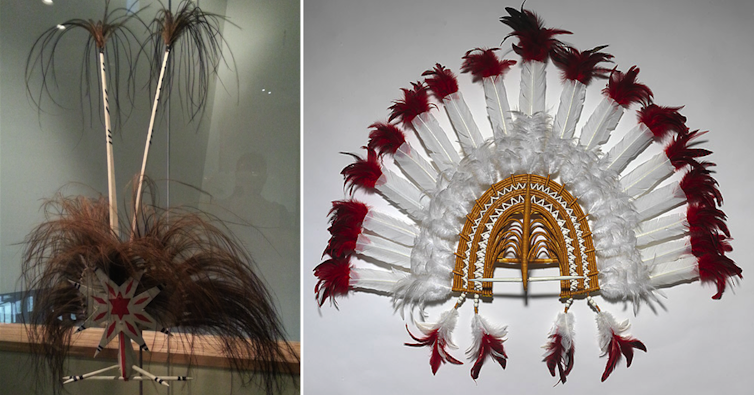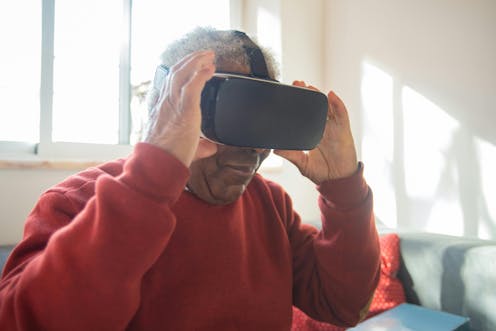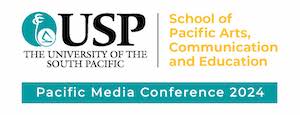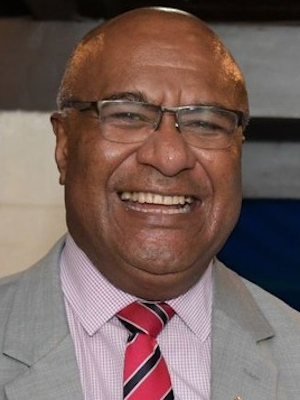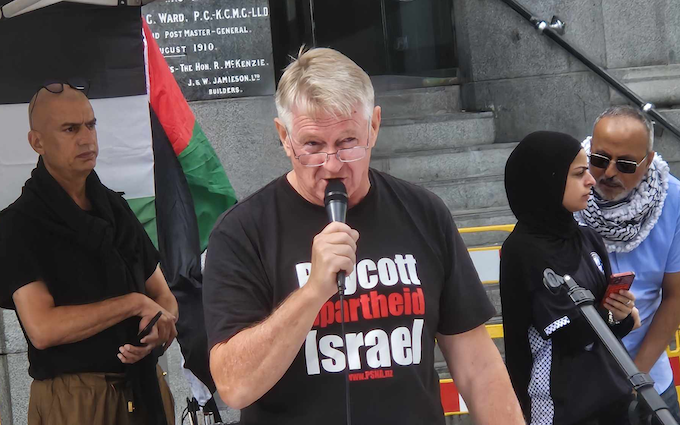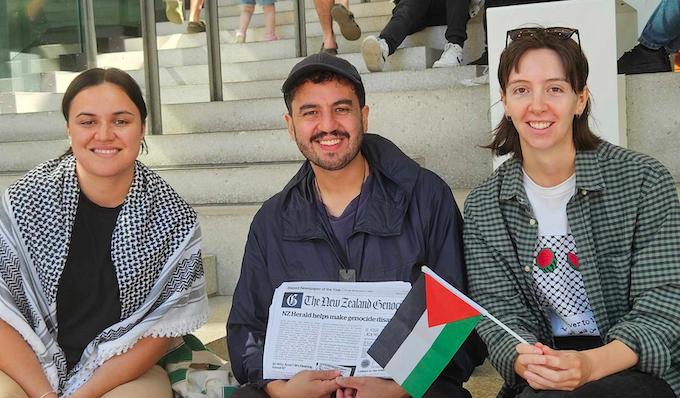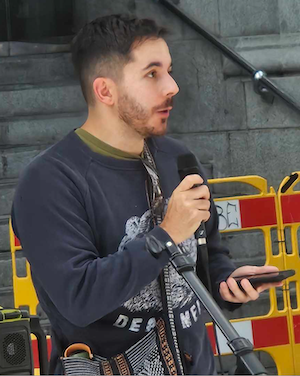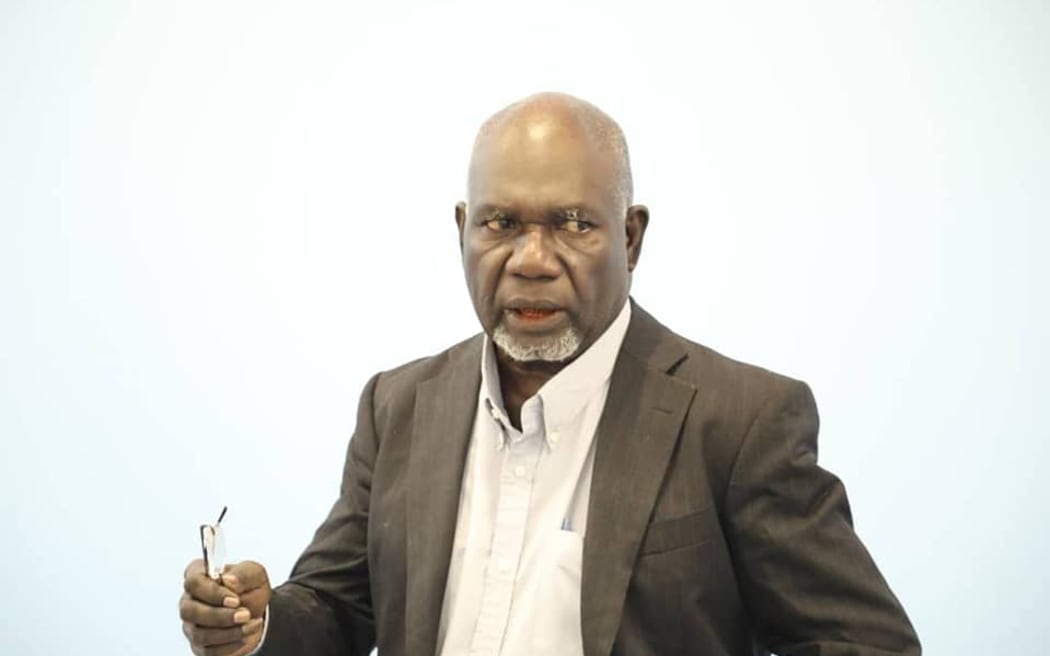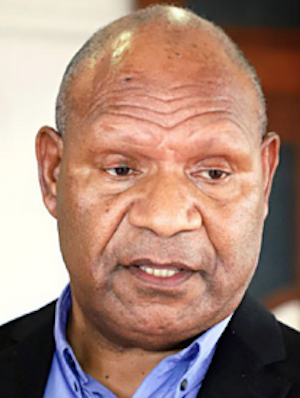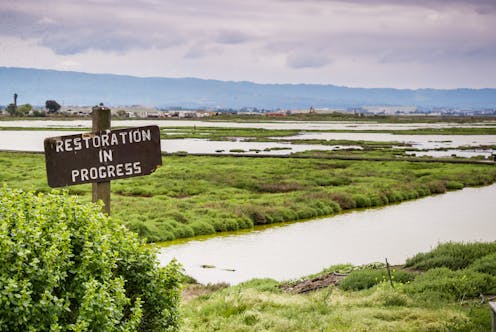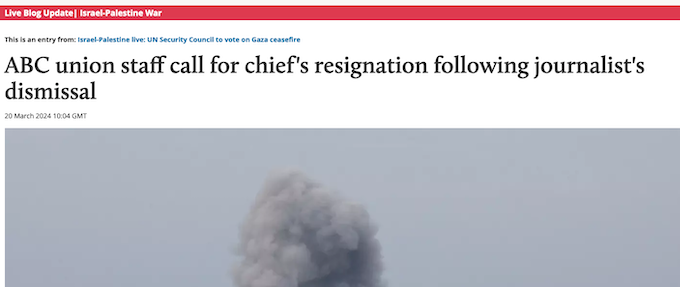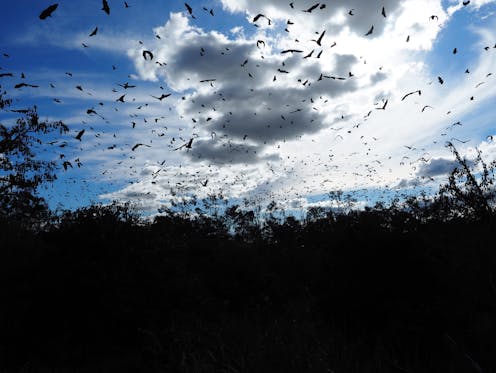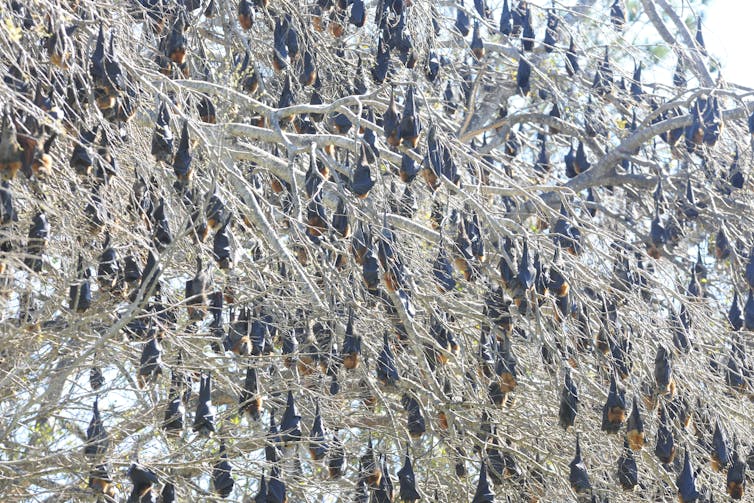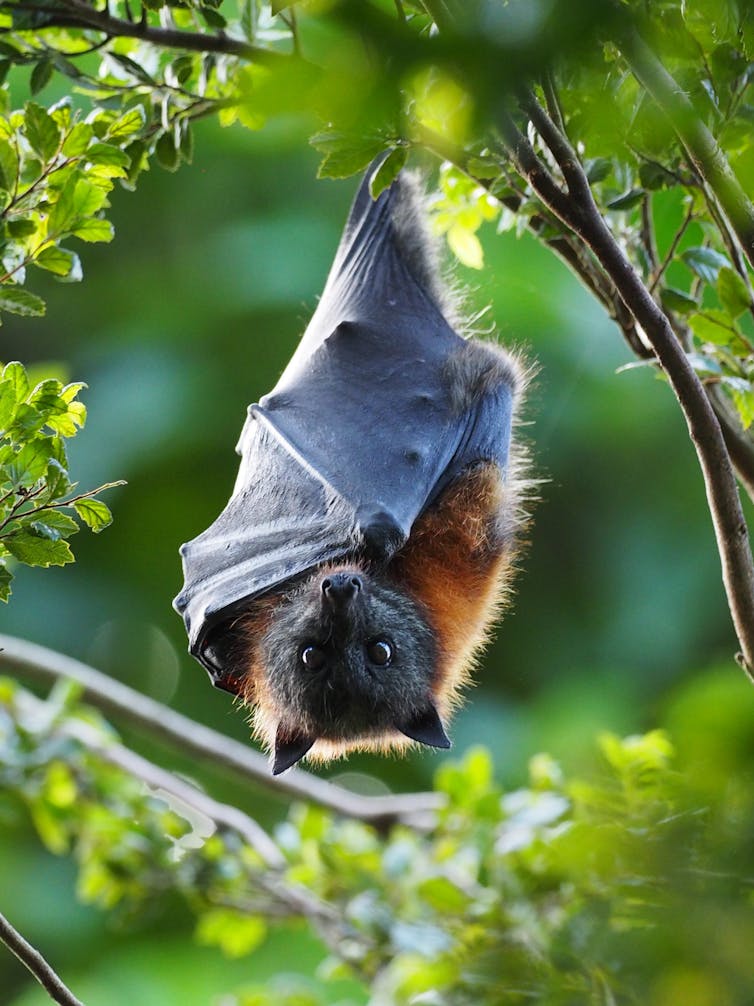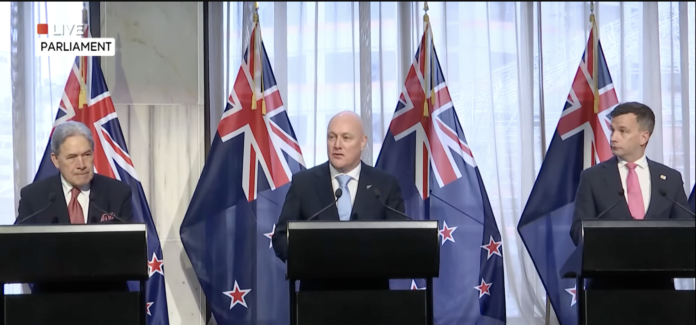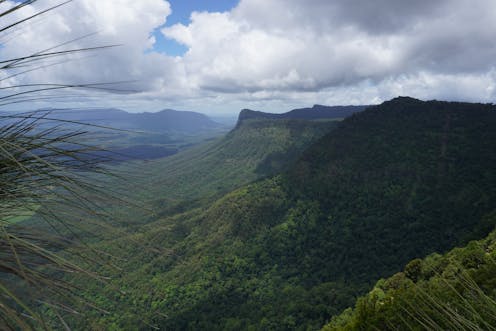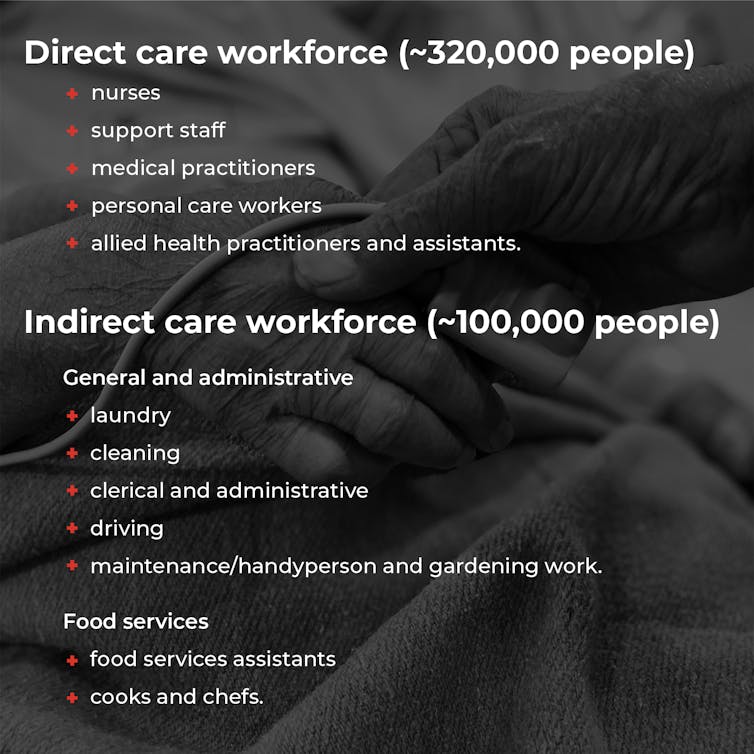Source: The Conversation (Au and NZ) – By Victoria Fielding, Lecturer, University of Adelaide
The British royal family is famous for its carefully curated media image. That’s why it was a surprise to see them lose control of the narrative in the wake of what we now know is a serious health crisis befalling Catherine, Princess of Wales (or Kate Middleton as she’s popularly known).
It is clear the nearly 1,000-year-old institution of the monarchy and its tradition of “never complain, never explain” is being tested by social media and its power to spread rumours and misinformation. The palace’s public relations team has underestimated how difficult it is to manage relationships with social media audiences. Their reactive attempts to rein in speculation has turned Catherine’s health challenge into a PR disaster.
Social media, with its lax regulations and freer environment, offers a more
open forum for users to say whatever they like about the royals. It’s served as a hotbed for Catherine conspiracies, particularly on TikTok. These theories are as wild as they are ridiculous, from Catherine being a prisoner in the palace to her hiding in Taylor Swift’s London home.
What should have been a simple announcement to a sympathetic public about a popular royal having cancer turned into a spider’s web of competing conspiracy theories across social media. How did it all go so terribly wrong?
I’ve lost track, what happened?
All was well with the Prince and Princess of Wales when they were filmed attending church on Christmas Day. As usual when royals are out in public, the scene was picture perfect with everyone dutifully smiling for the cameras in “co-ordinated” outfits.
Two weeks later, Kensington Palace announced Catherine had undergone planned abdominal surgery, with palace sources telling media the surgery had been “successful” and she would need two weeks to recover.
On January 29, the palace announced Catherine had returned home to recuperate. Unlike King Charles when he released news of his cancer diagnosis on February 5, Catherine was not photographed leaving hospital. This was the first PR misstep. She had appeared outside hospital soon after giving birth to her three children, but this time she remained uncharacteristically out of the public eye.
Almost a month later, when Prince William unexpectedly withdrew from his godfather’s memorial citing “personal reasons”, social media users started asking “Where is Princess Kate?”.
Read more:
Kate Middleton is having ‘preventive chemotherapy’ for cancer. What does this mean?
Used to a steady stream of content about the royal family, the public were unsurprisingly questioning if there was more to Catherine’s abdominal surgery than they were being told.
In a rare reactive move, the palace tried to quell questions about Catherine’s whereabouts by releasing a statement reiterating that she would not be returning to public duties until Easter.
On March 4, US outlet TMZ published a paparazzi photo of Catherine driving with her mother. Social media audiences asked if it really was Catherine.
Over the next week, conspiracy theories about Catherine’s absence reached frenzied levels. To show everything was fine, Kensington Palace released a Mother’s Day photo of Catherine and her children on their social media accounts. Social media users spotted apparently edited flaws and global news agencies announced “kill orders”, saying the image had been manipulated. The next day, Catherine apologised on social media for editing the photo.
Although royals have been editing their pictures for centuries, it seems particularly digitally naive of the palace’s PR team to release such an obviously edited image into an already cynical social media environment, creating fodder for more conspiracy theories.
Mainstream news outlets then joined social media users in asking questions about Catherine’s absence. Although this media attention did not legitimise wild conspiracies, in some ways it fuelled them.
Days later, TMZ published footage of Catherine and William shopping. At this point in the media chaos, many social media users claimed it was fake.
This intense public speculation finally ended on March 23, when Catherine released a video explaining her extended absence after abdominal surgery was caused by the surgeons discovering cancer.
During a crisis, the public crave transparency, authenticity, honesty and reassurance. These elements were missing in the royal PR team’s carefully worded statements made directly to mainstream media along with reactive, overly curated social media posts.
By providing scant details, the palace seemed to believe they could control public perception. But public image is increasingly difficult to control.
The double-edged sword of social media
After Princess Diana’s death in a paparazzi-chase car accident, privacy laws and media regulations forbade the most invasive breaches of the royal family’s privacy, particularly for her children, princes William and Harry. However, tabloid appetite for uncontrolled access soon returned once the princes became adults.
Recently, Harry and his wife Meghan have been involved in several lawsuits against media companies over breaches of privacy, including phone hacking.
The rise of social media has typically been viewed as a tool that gives royals more control over their image through the curation of their own personal content. Previously, the fact Catherine was the one taking photos of her children was seen as a sign of authenticity and being down to earth (as much as a princess could be).
Yet, social media is both a blessing and a curse for the management of public reputations.
The perpetuation of contested facts and theories on social media in the wake of Princess Catherine’s unexplained absence shows how difficult it is to curate a controlled image using social media. Lack of verified information in mainstream media helps fuel speculative flames.
While PR experts believe it is understandable and appropriate for Catherine and her family to have privacy during this time, more timely, direct and honest communication would have gone a long way
to prevent relentless gossip.
Once rumours and conspiracies gained momentum, the palace perhaps thought the less information provided, the better. However, silence during a crisis just fuels more speculation because the lack of information makes it look like there is something to hide.
Catherine’s personal video announcing her cancer diagnosis helped end the social media frenzy. This shows a simple, clear statement posted by Kensington Palace to social media weeks ago would likely have avoided the PR disaster and provided Catherine the privacy she so clearly needs.
Read more:
The Kate Middleton photo scandal: When does editing become manipulation?
The palace is now being criticised for complicating a situation that was relatively simple in retrospect. Many social media users are also upset Catherine took public blame for the photoshopping incident.
Any organisation that deals with the media to maintain positive reputations, including the British monarchy, has no choice but to adapt to all kinds of media, including social media. The long-time practice of keeping calm and carrying on amid controversy and the 24-hour gossip cycle doesn’t work in the era of TikTok, X and YouTube.
In the absence of trusted information, social media will do what it does best: take mostly innocuous online chatter and amplify it until it goes viral.
![]()
The authors do not work for, consult, own shares in or receive funding from any company or organisation that would benefit from this article, and have disclosed no relevant affiliations beyond their academic appointment.
– ref. Announcing Kate Middleton’s cancer diagnosis should have been simple. But the palace let it get out of hand – https://theconversation.com/announcing-kate-middletons-cancer-diagnosis-should-have-been-simple-but-the-palace-let-it-get-out-of-hand-226490





